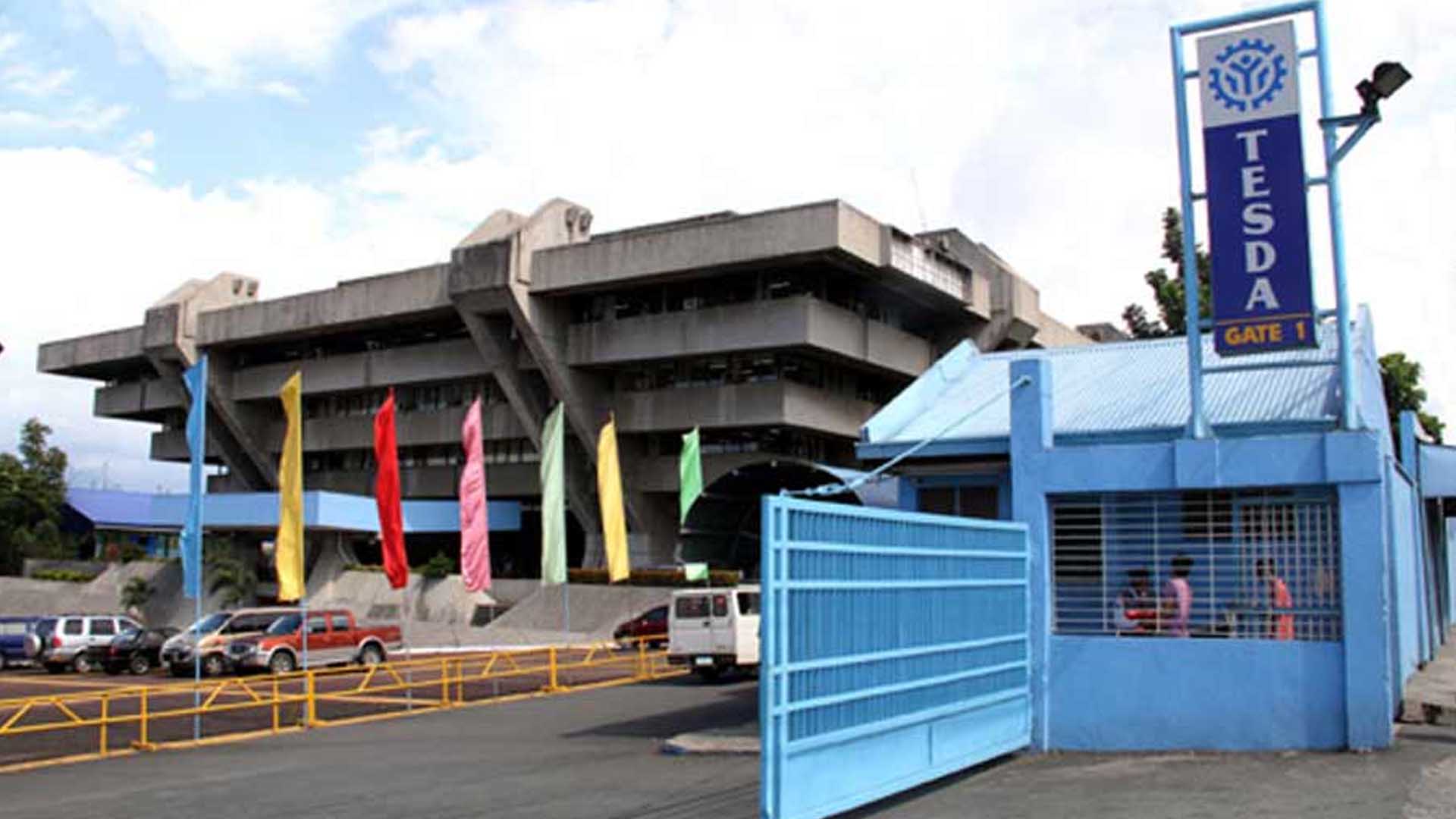The Technical Education and Skills Development Authority (TESDA) is eyeing to increase the number of its training partners by 20 percent yearly, an executive said.
These are the agency’s partners in the dual training system (DTS), as well as in the enterprise-based training program.
To help achieve this goal, TESDA gathered about 120 partners and potential partners at the TESDA Women’s Center in Taguig City on Tuesday, to discuss the industry’s concerns, and how they could work better with TESDA in developing training curriculum.
“The government (TESDA) cannot create quality training alone. The industry is the one who needs quality graduates. Thus, from the very start, the industry should help us develop the right curriculum,” TESDA Partnership and Linkages Office executive director Sonia Lipio told the Philippine News Agency (PNA) during a seminar at its main office on Tuesday.
She explained that if TESDA doesn’t have in its curriculum what the industry needs, then that would be a problem.
Partnership with TESDA, she said, is important. “So that in the future, they wouldn’t complain that they still need to train TESDA graduates and that it would be additional cost for them,” Lipio said.
DTS combines theoretical training in schools and practical training in companies. A Dual Training System Act (RA 7686) was signed in 1994.
Last January, TESDA Board has approved the revised Implementing Rules and Regulations (IRR) of DTS. Among the amendments were: the normal number of hours in the training regulation shall be the minimum duration of training (40 percent in school, 60 percent in the company); training allowance of at least 75 percent of the minimum wage will be given in full to the trainees; and that DTS shall be included in the scholarship programs.
Chief TESDA specialist Floramel Joy Songsong earlier explained that DTS brings better chances of employment. “The employability is higher because the partner companies are involved in the DTS training plan. This means the trainees learn the industry requirements,” she said.
Lipio, meanwhile, noted that TESDA is also pushing for the enterprise-based training program. This includes various programs, such as:
* Apprenticeship – covers a minimum of four months and maximum (of) four months. This is designed to benefit both the employer and apprentice, ensuring availability of qualified skilled workers, according to TESDA.
* Learnership – any practical training on non-apprenticeable occupation which may or may not be supplemented by related theoretical instruction.
* Supervised-Industry Learning – also known as on-the-job training, designed to complement the training gained in the institution.
These are basically industry-driven programs, said Lipio.
Lipio said that since 2015, there are only 367 DTS partner companies, and about 2,500 partners in the enterprise-based training.
“We target to increase these figures by 20 percent every year,” she reiterated. (PNA)








